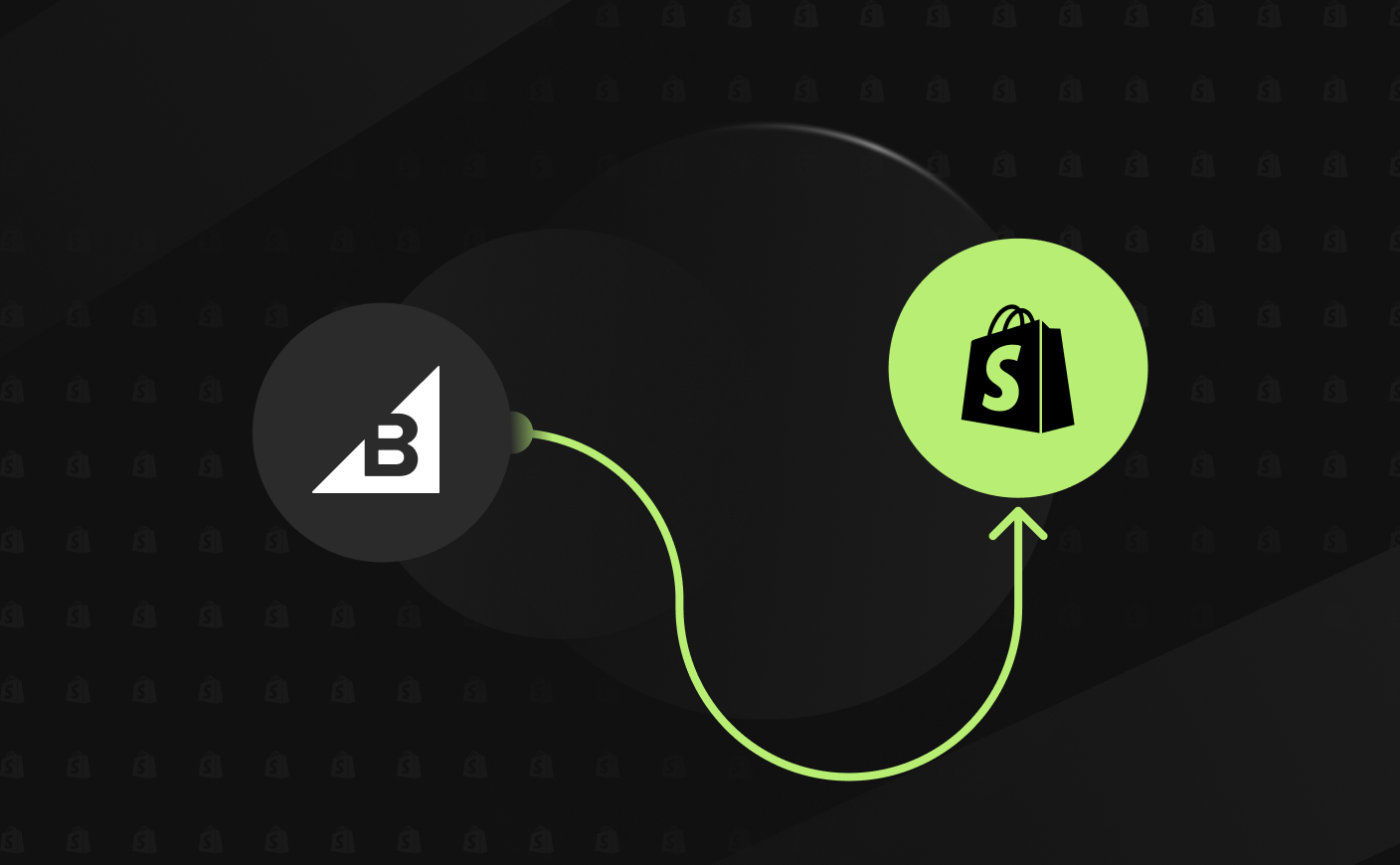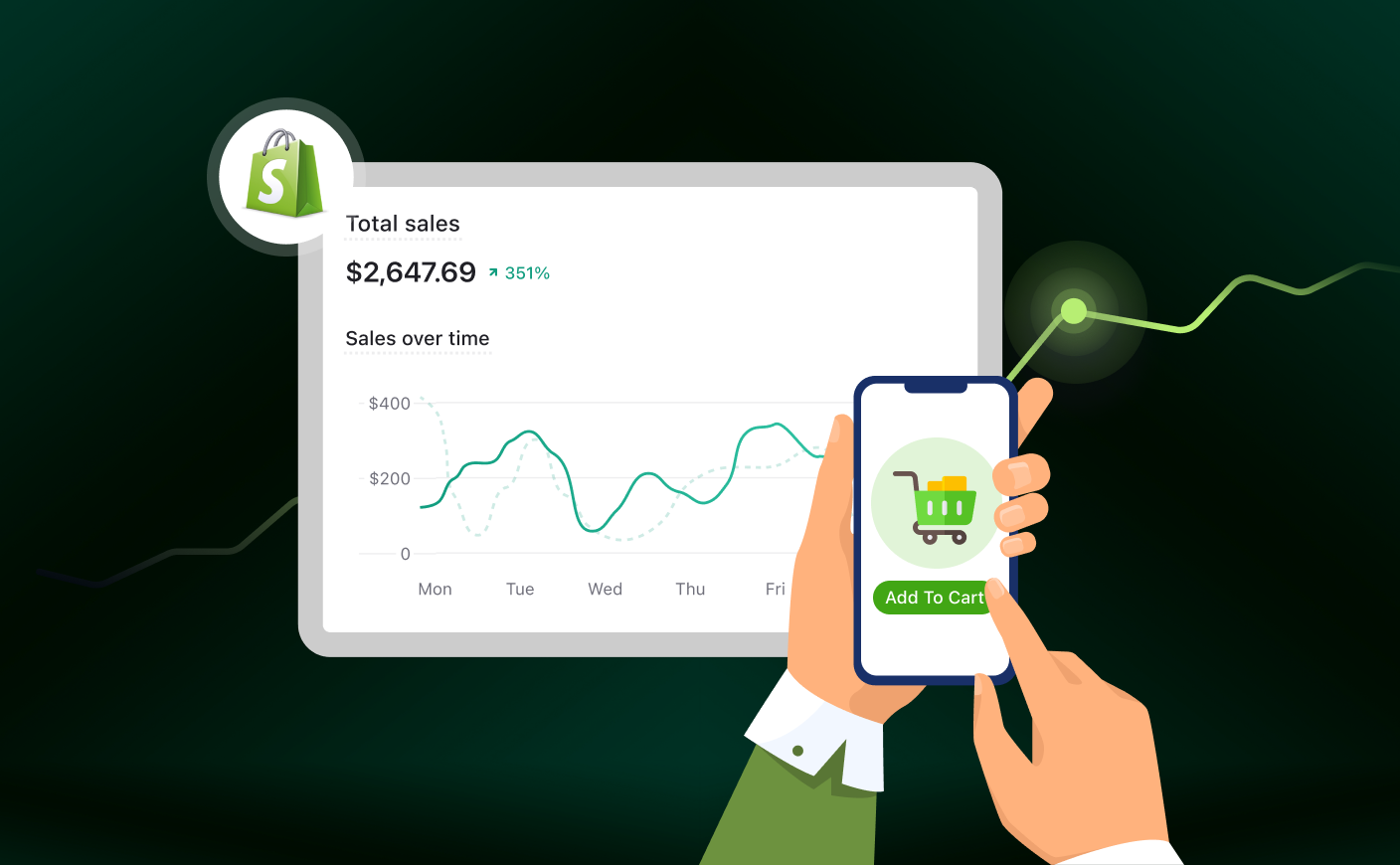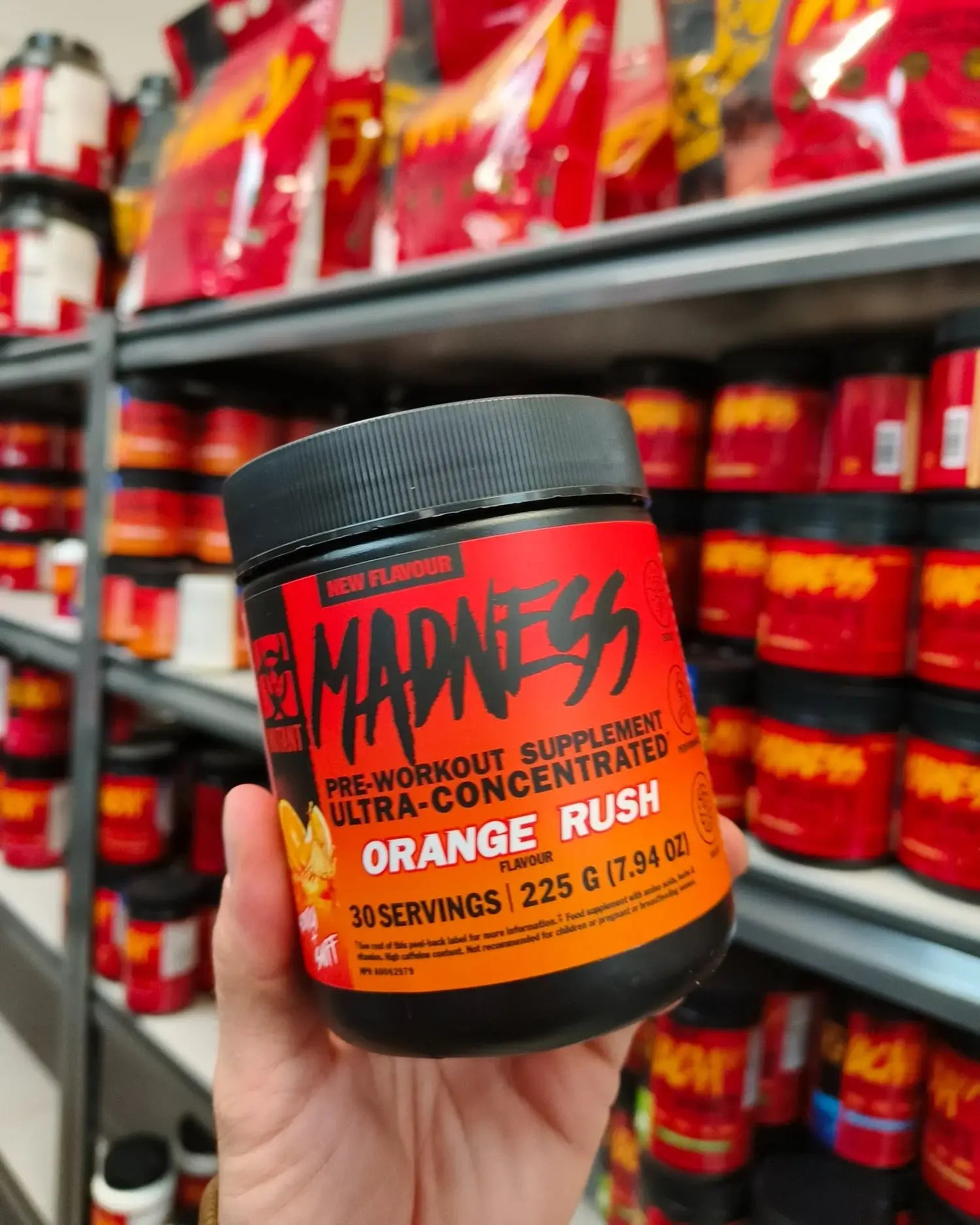AI-Powered Semantic Search Hacks For Shopify Stores
Semantic Search
shopify store

Shopify has recently introduced a game-changing application in its Winter Edition 2025 - AI-powered semantic search. This development is set to redefine how a user will interact with your Shopify store, making product discovery more intuitive and easy.
For Shopify merchants, understanding and leveraging semantic search is no more optional. It has become an absolute necessity to survive in the dynamic landscape of modern times.
In this detailed guide, we’ll break down what semantic search is, how it benefits Shopify stores, and the best hacks to optimize your store for maximum conversions.
Let’s start.
What Do You Understand By Semantic Search?
Unlike traditional keyword-based search that matches exact phrases, semantic search focuses on understanding user intent and context.
It uses artificial intelligence (AI), machine learning, and natural language processing (NLP) to provide results that actually aligns with the needs of the user - rather than just what they are typing.
So how exactly does it work?
Intent Recognition: AI analyzes a query to determine what the user really wants.
Contextual Matching: Instead of relying on exact keywords, it understands synonyms, related terms, and variations.
Personalization: Search results are adjusted based on user behavior, past searches, and browsing history.
For instance, a user looking for “summer dresses for beach” will see results featuring relevant products, even if the exact words aren’t in the product title.
Why Shopify Merchants Need AI-Powered Semantic Search?
Take a look at the key reasons why AI-powered semantic search is a must-have for Shopify merchants.
#1 Helps to Increase Conversions
One of the biggest challenges for ecommerce stores is ensuring that customers find what they are looking for - quickly and effortlessly. Conventional keyword-based searches frequently fail to deliver relevant results when consumers fail to use exact phrases.
How Semantic Search Helps:
- Understands user intent, not just keywords, ensuring that search results match what the customer actually means.
- Provides more accurate product recommendations, increasing the chances of a purchase.
- Reduces search friction, allowing customers to find products faster and complete their transactions seamlessly.
Example: A customer searching for “casual shoes for office” will see relevant results, even if the product titles only mention “formal sneakers” or “business casual loafers”.
#2 Improves User Experience
For the user experience, a well-optimized search feature is kind of a revolutionary feature. When customers struggle to find products, frustration builds up, leading to higher cart abandonment and lower retention rates.
How Semantic Search Helps:
- Understands everyday language phrases so customers don’t have to type those exact words.
- Provides instant and relevant results thus reducing page scroll time.
- Offers a more intuitive shopping experience.
Example: If a user searches for “comfortable shoes for walking”, they will be shown sneakers and orthopedic shoes, even if the product doesn’t have the exact keyword “comfortable” in its title.
#3 Adaptable to Voice Search
With the help of smart assistants like Google Assistant, Alexa, and Siri, voice search is quickly taking the lead when it comes to buying things online. Unlike traditional text searches, voice queries are conversational and longer.
How Semantic Search Helps:
- Easily works with long-form and conversational queries, which are common in voice search.
- Understands context and intent, thus offering more accurate results.
- Ensures cross-device compatibility, making it easier for mobile and smart speaker users to find products.
Example: A customer saying “Show me red high heels for a party” will get relevant results, even if the product is listed as “Crimson Stilettos”.
#4 Improves Product Discoverability
Product discoverability is important since customers may not always know the exact name of a product. When relevant products are not shown by a store's search tool, many potential sales are missed.
How Semantic Search Helps:
- Matches synonyms and related terms, helping customers find products even if they use different wording.
- Recognizes spelling variations and automatically corrects typos.
- Displays complementary products, helping users discover more items they might need.
Example: If a customer searches for “sofa”, they will also see couches, lounge chairs, and sectional sofas, ensuring they don’t leave empty-handed.
#5 Reduces Bounce Rates
Users are likely to leave the store without completing a purchase if the search results don't live up to their expectations.
How Semantic Search Helps:
- Provides relevant, engaging results, keeping visitors on the website longer.
- Offers smart search suggestions, reducing search frustration.
- Adapts dynamically based on customer preferences, increasing retention rates.
Example: If a customer searches for “black leather handbag” and no exact match is available, semantic search will display similar bags in different brands or styles, preventing them from exiting the site.
Step-by-Step Guide to Optimizing Your Shopify Store for Semantic Search
We will go through five advanced hacks to optimize your Shopify store’s search experience.
#1 Optimize Product Titles & Descriptions for Intent-Based Search
When consumers search using alternative terms or phrases, traditional keyword-based search often gives poor results since it only matches exact words. Semantic search improves accuracy by interpreting context, synonyms, and intent.
How to implement:
- Move beyond generic product titles and include descriptive, natural language phrases.
- Think about how customers describe products in everyday language and reflect that in your product listings.
- Use long-tail keywords that match customer intent rather than single-word, competitive terms.
Example: Instead of listing a product as “Men’s Running Shoes,” use a more context-rich title like:
“Lightweight Men’s Running Shoes – Perfect for Marathon & Trail Running”
This approach helps Shopify’s AI search engine understand user intent, catering to customers searching for “best shoes for marathons” or “trail running footwear.”
Pro Tip: Use Shopify’s meta fields to add extra context to product descriptions, helping search engines rank them more accurately.
#2 Add Synonyms & Related Terms to Expand Search Coverage
Not every consumer describes a product using the same words. While one person would type "sofa," another might type "couch" or "lounge chair." If your Shopify store’s search engine isn’t optimized for synonyms, you could be missing out on sales.
How to implement:
- Identify common synonyms, variations, and regional differences in customer searches.
- Manually add these to your Shopify Search & Discovery settings or use an AI-powered search app that automatically recognizes them.
- Incorporate alternative product names in product descriptions for better search matching.
Example Synonyms for a Winter Jacket:
Winter Jacket vs. Cold Weather Coat vs. Insulated Outerwear
Pro Tip: If Shopify’s built-in search doesn’t support synonyms natively, use third-party apps like Klevu or Algolia to map these variations automatically.
#3 Use AI-Powered Search Apps to Improve Shopify’s Search Performance
While Shopify’s default search has improved, third-party apps enhance search functionality with AI-driven recommendations, natural language processing (NLP), and machine learning.
Top AI-powered search apps to consider:
Klevu – Uses NLP and intent analysis to refine search results dynamically. Great for large inventories.
Algolia – Delivers high-speed, AI-driven search, prioritizing user behavior and deep learning.
Improves AI Search & Discovery – Provides smart filtering, ranking algorithms, and synonym matching.
Where to find them: Shopify App Store has dozens of search enhancement plugins. Explore them to find the best fit for your store. Some AI search tools use customer behavior data to improve results over time, so the longer they run, the better your search accuracy gets.
Pro Tip: Some AI search tools use customer behavior data to improve results over time, so the longer they run, the better your search accuracy gets.
#4 Improve Autocomplete & Predictive Search for Faster Navigation
Consumers anticipate immediate, relevant result suggestions from search bars, similar to Google or Amazon. Your customers will have a more difficult time shopping if your store does not have dynamic autocomplete.
How to implement:
- Enable dynamic autocomplete so customers see suggested products before finishing their query.
- Use trending searches to guide new customers toward popular items.
- Prioritize best-selling and in-stock items in search suggestions to boost sales.
Example Features to Enable:
- Auto-fill queries as customers type (e.g., a search for “wireless” suggests “wireless earbuds,” “wireless charger,” etc.).
- Predictive search that ranks products dynamically based on popularity and sales trends.
- Misspelled query correction (e.g., searching “sneekers” still shows sneaker results).
Also read: 7 proven ways to increase your Shopify sales in 2025.
#5 Analyze Search Data & Optimize Based on Customer Behavior
Your Shopify search bar is practically a goldmine of consumer data. If people are searching for products you don’t have—or using terms that aren’t mapped correctly—you could be losing potential sales.
How to implement:
- Regularly check Shopify’s search analytics to see what customers are searching for.
- Identify "no results" searches and add relevant synonyms or product variations.
- Adjust search ranking settings to push high-performing products to the top.
Key Metrics to Track:
- Top-searched products (make sure these are easy to find!)
- No-result searches (adjust inventory, add synonyms, or redirect searches)
- Search-to-conversion rate (check if people find what they need and actually buy)
Pro Tip: If you notice frequent searches for an item you don’t stock, consider adding it to your inventory or creating a related product page to capture interest.
Common Challenges & How to Overcome Them
Even with AI-powered semantic search, Shopify merchants may encounter some challenges that can impact customer experience and sales.
Here’s a detailed look at these issues and how to fix them effectively.
Challenge 1: Customers Searching for Out-of-Stock Items
One of the biggest frustrations for online shoppers is searching for a product only to find that it’s out of stock. This can lead to lost sales, higher bounce rates, and customer dissatisfaction.
Fix: Implement Smart Redirects & Pre-Order Options
Instead of showing a dead-end "Out of Stock" message, take these proactive steps:
Smart Redirects – Automatically direct customers to a similar product in stock. For example, if a specific model of running shoes is unavailable, show them alternative options in the same category.
Pre-Order System – Allow customers to place a pre-order for the next available batch, securing their interest in the product.
Back-in-Stock Alerts – Offer a “Notify Me” option where customers can sign up for email or SMS notifications when the item is restocked.
Challenge 2: Poor Search Performance on Mobile
With over 70% of ecommerce traffic coming from mobile devices, a slow or inefficient search experience can cause frustration and cart abandonment.
Fix: Use a Mobile-Friendly AI Search App
To enhance the mobile search experience, consider these optimizations:
AI-Powered Mobile Search Apps – Use Shopify apps like Algolia, Klevu, or Boost AI Search that offer instant, accurate, and mobile-optimized search results.
Faster Load Times – Ensure your mobile search loads in under 2 seconds by compressing images and using lazy loading.
Touch-Friendly Interface – Improve UX with larger search bars, easy-to-tap filters, and voice search compatibility for mobile users.
Also read: A guide to average ecommerce conversion rate in 2025.
Challenge 3: Handling Long-Tail Search Queries
Long-tail search queries are highly specific searches, such as “best organic cotton summer dress for beach vacations”. Traditional search engines often fail to return relevant results, frustrating customers.
Fix: Train Your Search Engine with Real-World Queries & Expand Synonym Database
To improve semantic search accuracy, implement these strategies:
Analyze Customer Search Behavior – Use Shopify’s search analytics to identify common long-tail queries and improve how your store processes them.
Expand Synonym & Contextual Matching – Ensure your search engine understands related terms. For example, “jogging shoes” should also return results for “running sneakers” or “sports footwear.”
AI-Powered Query Understanding – Use NLP-powered search engines that predict and interpret complex queries even if they don’t match exact product titles.
Wrapping Up
Shopify’s AI-powered semantic search is not just a trend—it’s the future of ecommerce. Stores that optimize their search functions will see higher conversions, better customer retention, and improved engagement.
Pro Tip: Need expert help with Shopify SEO and AI-powered search optimization? Contact CrawlApps - The Shopify Agency today!
Frequently Asked Questions
How is AI-powered semantic search better than traditional search?
Traditional search relies on exact keyword matches, often leading to irrelevant results. AI-powered semantic search understands user intent, context, and synonyms, delivering more accurate and personalized search results. This means fewer "no results found" pages and higher conversions for Shopify merchants.
Will AI-powered search slow down my Shopify store?
No, when optimized correctly! AI search apps like Algolia, Klevu, and Boost AI Search are designed for fast, real-time results without affecting site speed. Additionally, caching and CDN (Content Delivery Network) integration help maintain a smooth, lag-free experience even with large inventories.
Can AI-powered search help increase my sales?
Absolutely! AI-driven search improves product discoverability, reduces bounce rates, and increases cart value by suggesting relevant products. Features like smart recommendations, voice search, and typo tolerance ensure customers find what they need quickly—leading to higher conversions and repeat purchases.
CrawlApps
At CrawlApps, we don’t just build Shopify stores—we create experiences that sell. We’re a bunch of problem-solvers who love turning ideas into stores that actually converts. Whether it’s fixing what’s broken or building something from scratch, we make sure every detail works in your favor. No fluff, no jargon—just real solutions that help your business grow. If you’re serious about Shopify, you’ll feel right at home with us.















